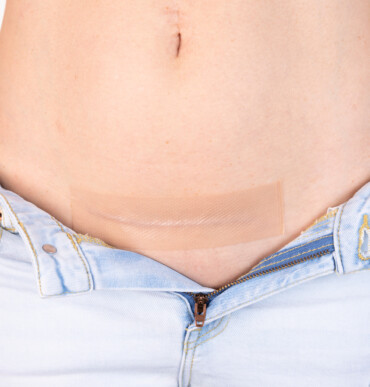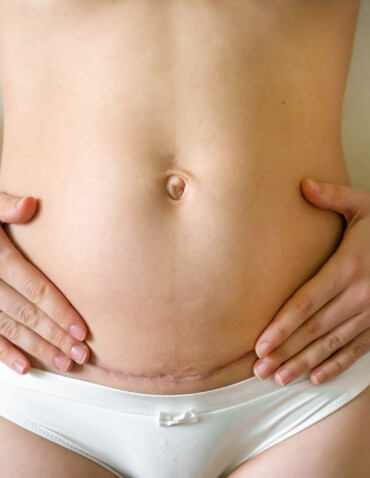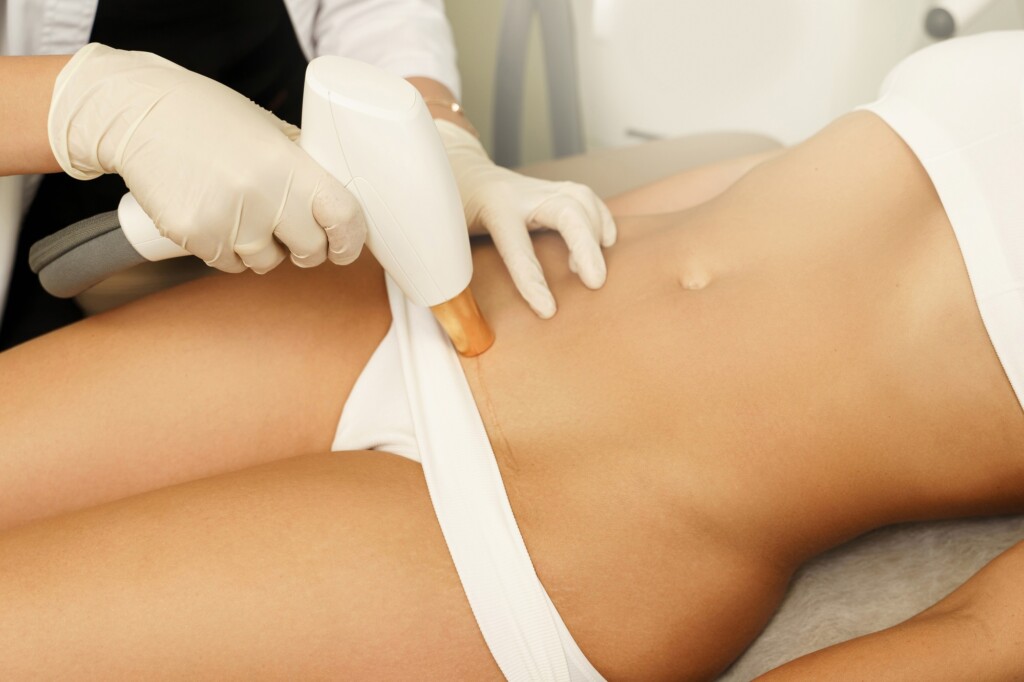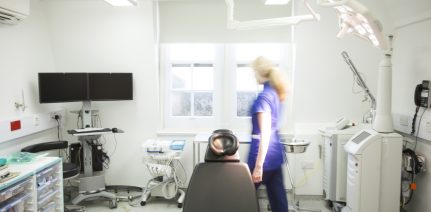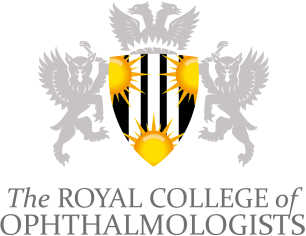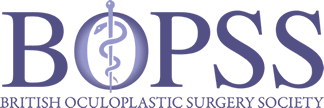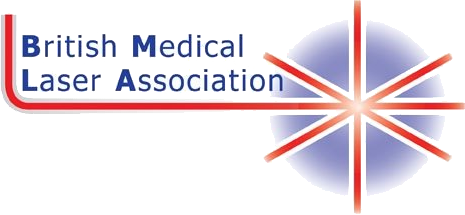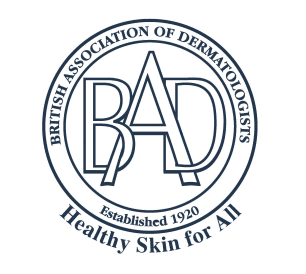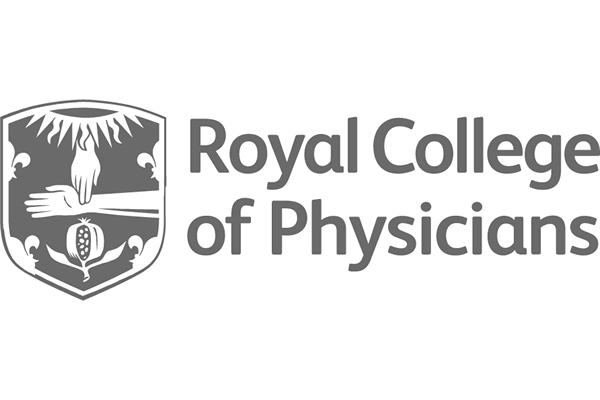A range of invasive and non-invasive options to improve the appearance of
C-section scars
Caesarean sections (C-sections) are a popular and safe method of giving birth and occur either as a result of an emergency, or as a planned elective procedure.
Whilst the obstetric surgeon carrying out the C-section will seek to ensure the horizontal scar is as low and inconspicuous as possible, most scars can still be seen, particularly when wearing a bikini or certain types of underwear. Depending on the position of the baby, C-section scars can also be made vertically just below the belly button.
The appearance of the C-section scar following childbirth can differ depending on a range of factors including genetics, skin condition, and an individual’s healing potential. Scarring can often be red, raised and feel uncomfortable. For some women, having a C-section scar leaves them self-conscious, emotionally distressed, cautious and in discomfort.
What options are there to
reduce C-section scars?
At The London Scar Clinic there are a range of invasive and non-invasive techniques available to improve the appearance of C-section scars. During the initial consultation, the consultant will explore the various options available and ensure you have all the information needed to make the right choice. Each patient will receive a personalised treatment plan meeting their unique requirements in order to ensure the best possible outcomes for scar reduction and skin health.
Laser therapy is alternative procedure to improve the appearance of a C-section scar. Examples of lasers available include the:
– Lumenis UltraPulse® CO2 Laser: The UltraPulse CO2 laser is considered the ‘gold standard’. The laser inflicts a controlled injury pattern to the skin, which subsequently encourages the skin to remodel collagen which enhances the appearance of the skin whilst reducing obvious scarring. The CO2 laser can be used on most skin types.
– Lumenis M22™ IPL Laser: The M22 IPL (abbreviation of Intense Pulsed Light) laser works by creating beams of light with a range of different wavelengths. This type of light-based device can help combat many different skin concerns such as pigmentation and redness of the skin. The IPL laser is particularly effective for patients with Caucasian to light Mediterranean skin types.
– Lumenis M22™ ResurFX Laser: The M22 ResurFX laser is a resurfacing treatment using an erbium fibre technology which produces small open channels in the skin and stimulates a wound healing response. It is a popular treatment for scar related concerns and improve fine lines too. The M22 laser can be used on all skin types.
– Lutronic DermaV™: The DermaV works by gradually reducing the redness and photodamage, leaving the skin with a smoother, healthier complexion. The DermaV can used on all skin types (including Afro-Caribbean skin).
The London Scar Clinic has a large range of lasers available and during the consultation, the consultant will explain which laser is the most suitable option, depending upon your skin type and the type of scar.



